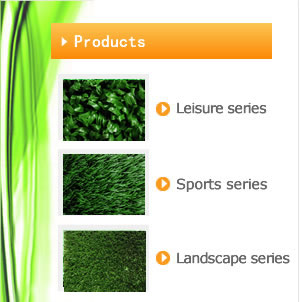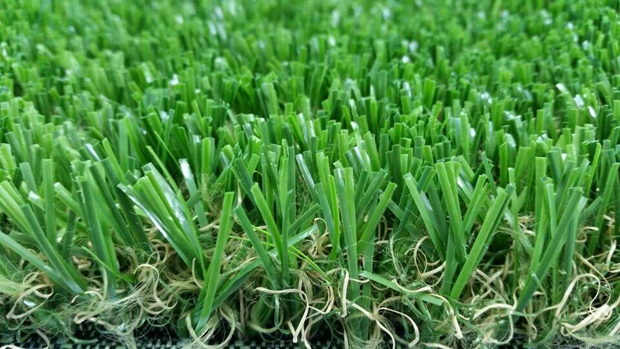
Artificial turf was born in the 1960s in the United States, to achieve and to make it difficult to distinguish the effect of natural turf in appearance, correct coloring process is particularly important. Iron phthalocyanine pigments with the perfect combination of organic pigments, the pigment is cost-effective, light resistance and weather resistance is very strong, in lawn color intensity throughout the life does not have the slightest decline; also a good match for natural lawn color, PP fibers 'grass' can produce strong green only with 1% to 4% by mass of a pigment; ease of processing, the manufacturing process after micronization, changes in the base system for easy dispersion of fine powder product morphology; pigment particle surface wrapped in special protective layer, good thermal stability, high temperature.
Artificial turf is made of polyethylene, polypropylene and other polymers made from non-living matter can not be green metabolic activity, and not capable of regulating atmospheric carbon and oxygen balance. Although artificial turf dust can block a certain extent, but do not have to absorb the atmosphere of toxic gas purification function. In addition, the low technological level of the artificial grass fibers often contain chlorine impurities at high temperatures, strong sunlight conditions will decompose and release chlorine, harm air quality.
Artificial turf is a non-life plastic fiber products, raw materials used for the proposed method of artificial turf made. It is not the same as natural grass growing need to consume the necessary fertilizer, water and other resources, to meet the 24 hours of high-intensity exercise needs, and conservation is simple, rapid drainage, site flatness outstanding. Has been widely used in public driving range hockey venue dedicated baseball, football, soccer, tennis, golf and other sports or as a floor covering beautify the indoor environment.
